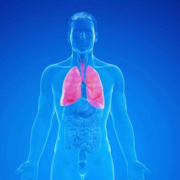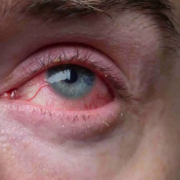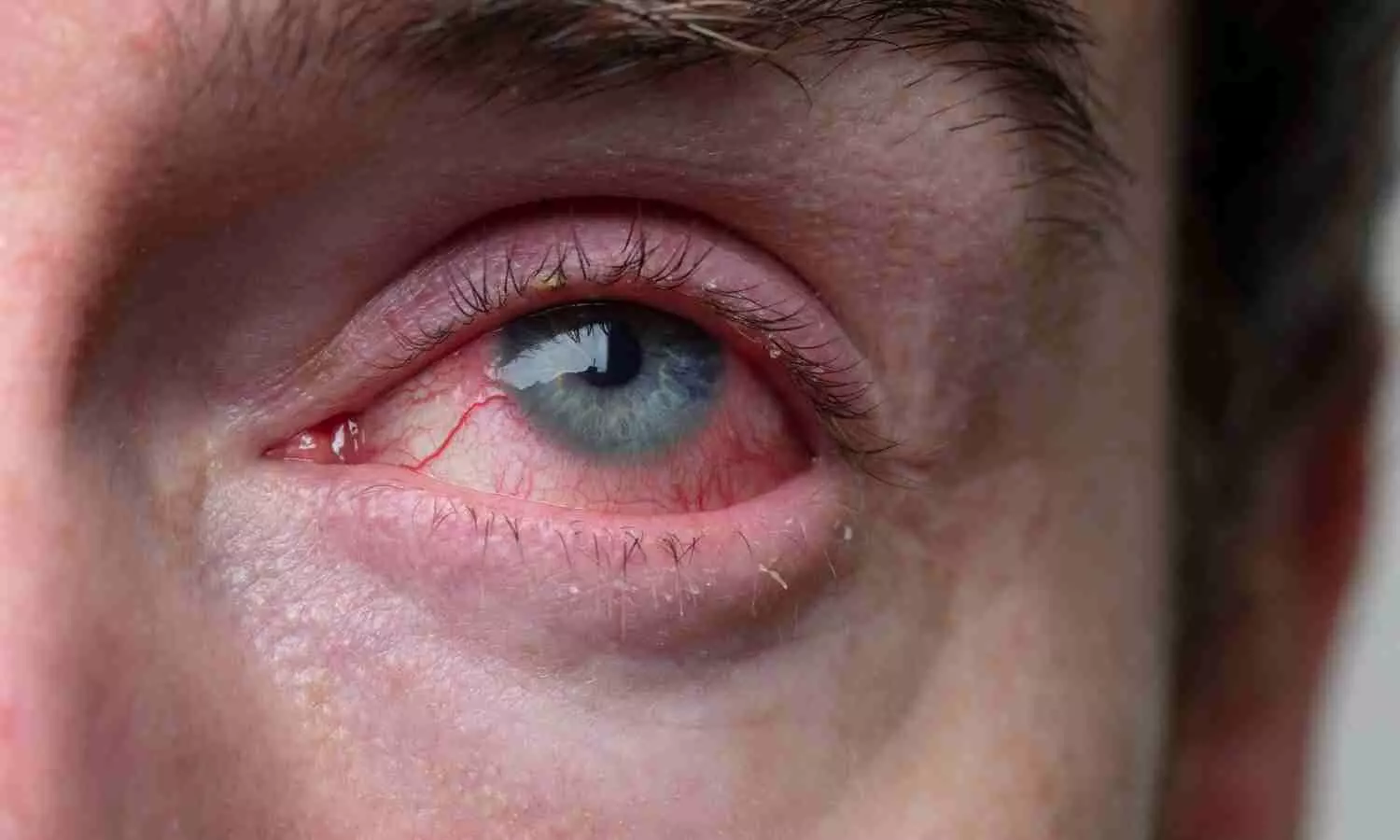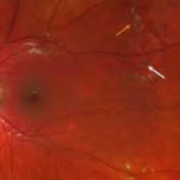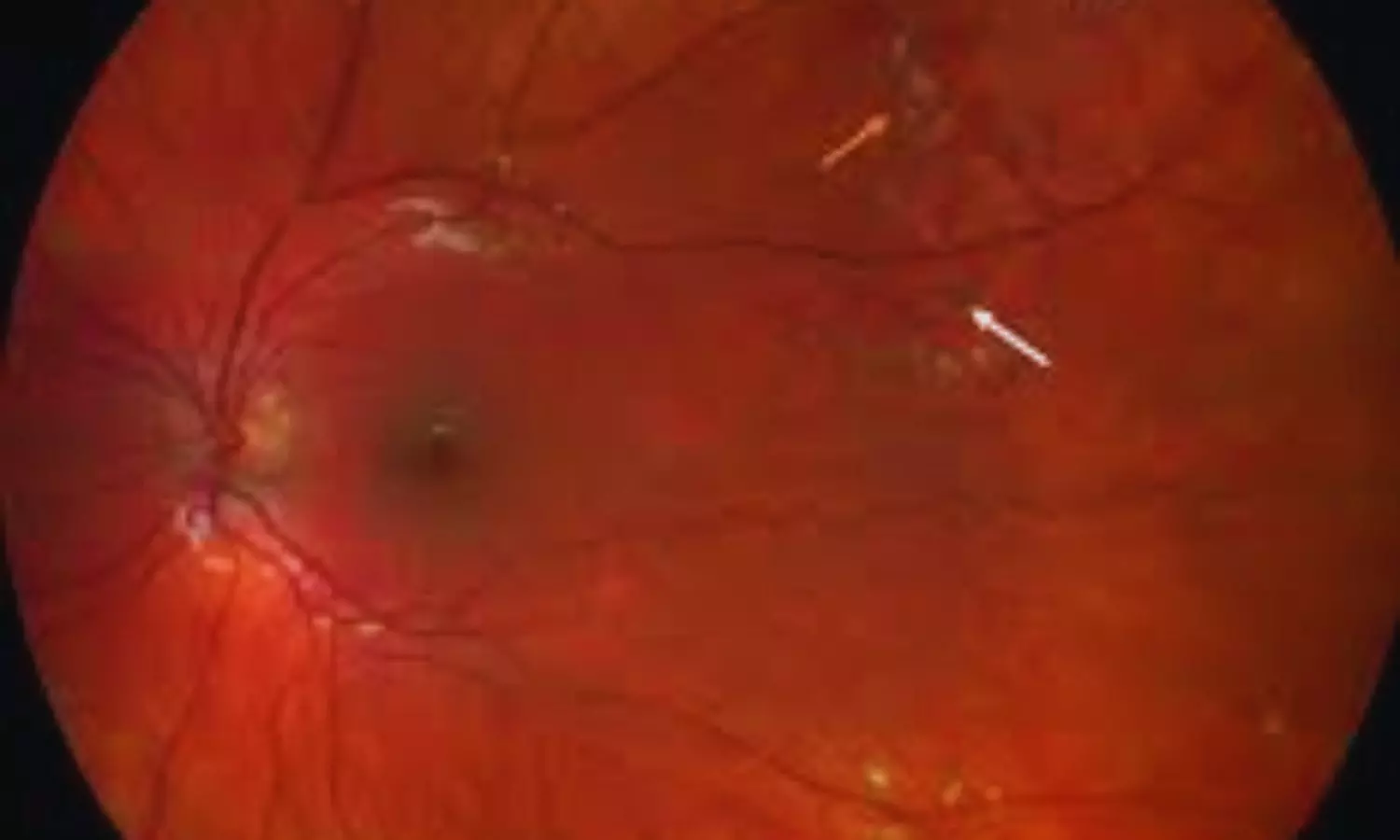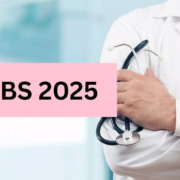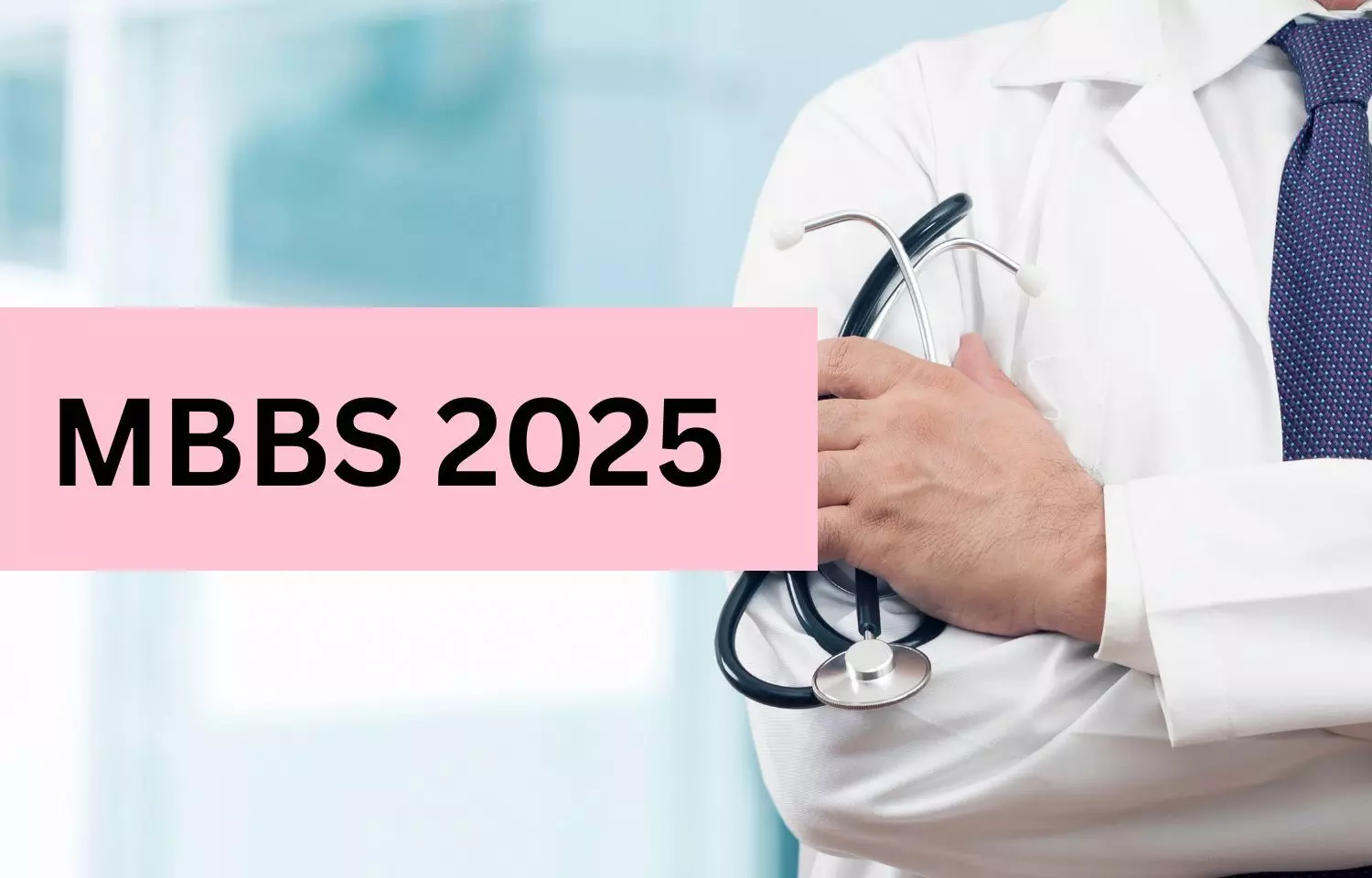FDA Approves Brensocatib as First Treatment for Non-Cystic Fibrosis Bronchiectasis
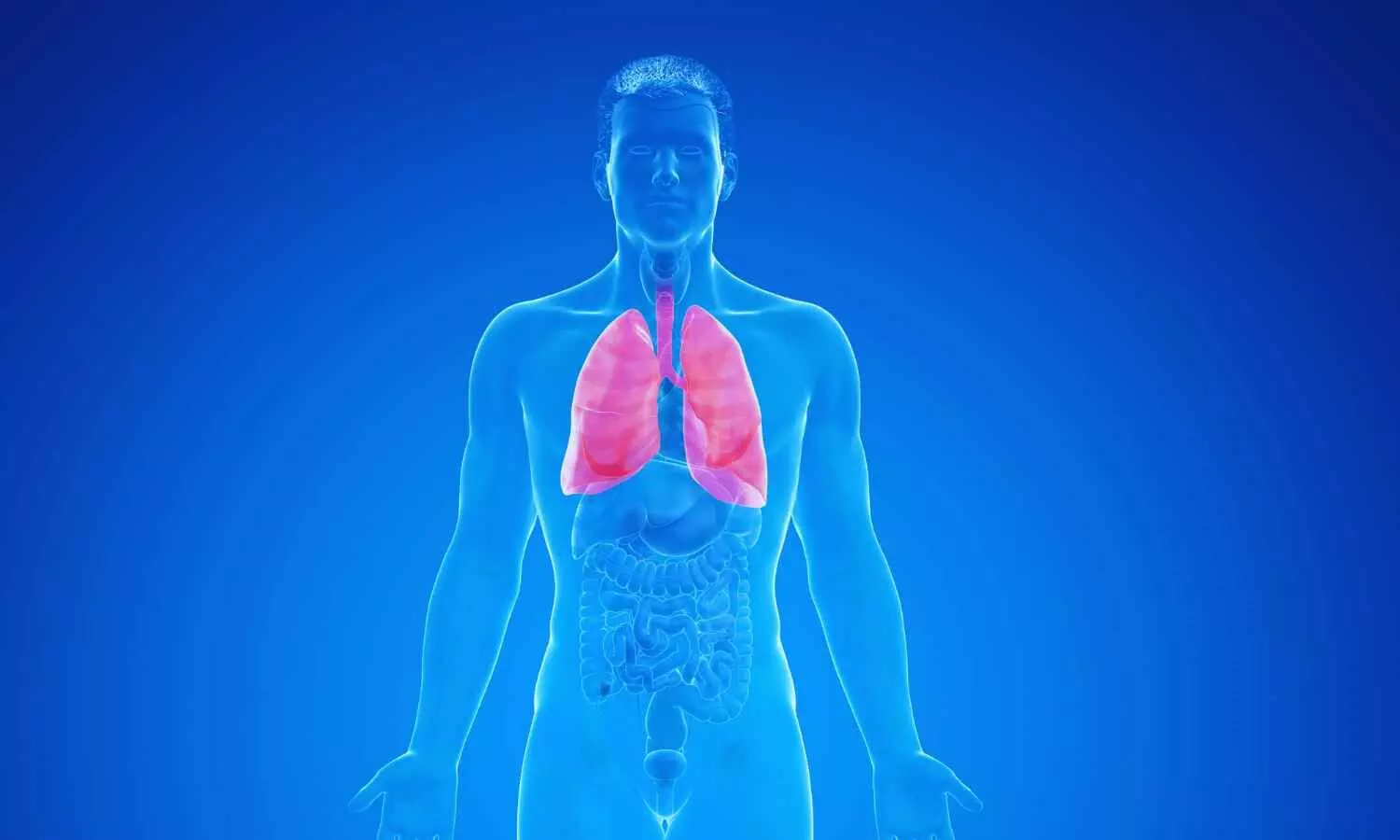
The FDA has approved oral brensocatib (Brinsupri) for adults and children 12+ with non-cystic fibrosis bronchiectasis. As a first-in-class reversible DPP-1 inhibitor, it targets the disease’s underlying inflammation, which can cause permanent lung damage and affects about 500,000 people in the U.S.
BRINSUPRI is the first and only FDA-approved treatment for NCFB, giving hundreds of thousands of patients and clinicians across the U.S. an option to manage this chronic and progressive disease that can lead to permanent lung damage and lung function decline.
“This FDA approval represents a potential paradigm shift in how we approach non-cystic fibrosis bronchiectasis,” said Doreen Addrizzo-Harris, M.D., FCCP, the Fiona and Stanley Druckenmiller Professor of Pulmonary, Critical Care and Sleep Medicine at NYU Grossman School of Medicine and Director of the NYU Langone Health Bronchiectasis and NTM Program, and ASPEN investigator. “For the first time, we have a treatment that directly targets neutrophilic inflammation and addresses a root cause of bronchiectasis exacerbations. Based on the strength of the data and the impact we’ve seen in patients, I believe this could become the new standard in non-cystic fibrosis bronchiectasis care.”
There are approximately 500,000 people in the U.S. diagnosed with NCFB, and it is estimated that millions more are living with this disease globally. Unlike other respiratory diseases that are characterized by airway narrowing, bronchiectasis causes airways to permanently widen, making it harder to clear mucus and bacteria, leading to persistent inflammation and infection. A hallmark of bronchiectasis is frequent exacerbations, or flares, when symptoms worsen, such as coughing, increased mucus, shortness of breath and fatigue.
“Non-cystic fibrosis bronchiectasis deeply affects the lives of people living with this chronic lung condition, impacting both their physical health and emotional well-being,” added Elisha Malanga, Executive Director of the Bronchiectasis and NTM Association. “Many patients experience frequent flares, which can disrupt daily life and potentially lead to disease progression. The FDA approval of brensocatib represents a significant and long-awaited advancement as the first approved therapy for non-cystic fibrosis bronchiectasis. Our hope is that treatments like this will enable people with bronchiectasis to manage their condition.”
This approval is based on data from the Phase 3 ASPEN and Phase 2 WILLOW studies, which were both published in the New England Journal of Medicine. In ASPEN, patients taking BRINSUPRI 10 mg or 25 mg had a 21.1% and 19.4% reduction in annual rate of exacerbations respectively, as compared to placebo. Both dosage strengths of BRINSUPRI also met several exacerbation-related secondary endpoints, including significantly prolonging the time to first exacerbation and significantly increasing the proportion of patients remaining exacerbation-free over the treatment period. Patients who received BRINSUPRI 25 mg experienced statistically significant less decline in lung function, as measured by forced expiratory volume in one second (FEV₁) after using a bronchodilator, at week 52. The safety of BRINSUPRI was also evaluated in both studies. The most common adverse reactions ≥2% in the ASPEN trial included upper respiratory tract infection, headache, rash, dry skin, hyperkeratosis, and hypertension. The safety profile for adult patients with NCFB in WILLOW was generally similar to ASPEN, except for a higher incidence of gingival and periodontal adverse reactions in WILLOW.
“The FDA approval of the first-ever treatment for non-cystic fibrosis bronchiectasis is a historic milestone for patients and for Insmed,” said Martina Flammer, M.D., MBA, Chief Medical Officer of Insmed. “By keeping patients at the center of everything we do, we have once again delivered a first-in-class medicine for a disease with no prior approved treatments. This is an incredible achievement in medicine. We’re deeply grateful to the patients, providers, and advocates who made this possible – this is just the beginning of what we can accomplish together for this community.”
BRINSUPRI is a first-in-class dipeptidyl peptidase 1 (DPP1) inhibitor, designed to inhibit the activation of enzymes (neutrophil serine proteases) in neutrophils that are key drivers of chronic airway inflammation in NCFB. BRINSUPRI is the first approved therapy to address the underlying inflammatory process of NCFB.
In parallel, applications for brensocatib with the European Medicines Agency (EMA) and the Medicines and Healthcare products Regulatory Agency (MHRA) have been accepted, and the Company plans to file in Japan in 2025. Commercial launches are anticipated in 2026, pending approval in each territory.
BRINSUPRI is now available in the U.S. by prescription through a comprehensive specialty pharmacy network.
About BRINSUPRI™ (brensocatib)
BRINSUPRI™ (brensocatib) is a small molecule, once-daily, oral, reversible inhibitor of dipeptidyl peptidase 1 (DPP1) indicated for the treatment of non-cystic fibrosis bronchiectasis (NCFB) in adult and pediatric patients 12 years of age or older. Brensocatib is designed to inhibit the activation of enzymes (neutrophil serine proteases) in neutrophils that are key drivers of chronic airway inflammation in NCFB. Brensocatib is also being evaluated for its potential role in other neutrophil-mediated diseases.
Powered by WPeMatico

